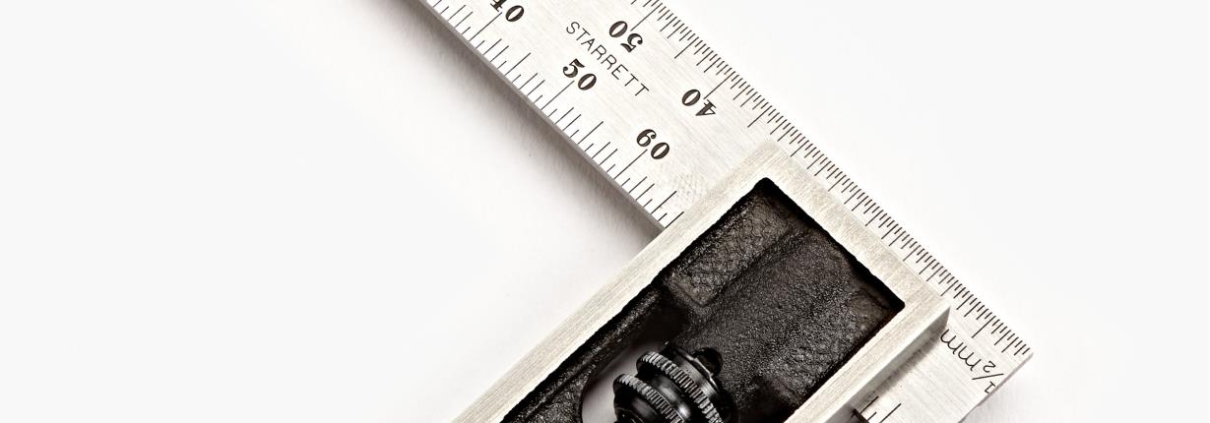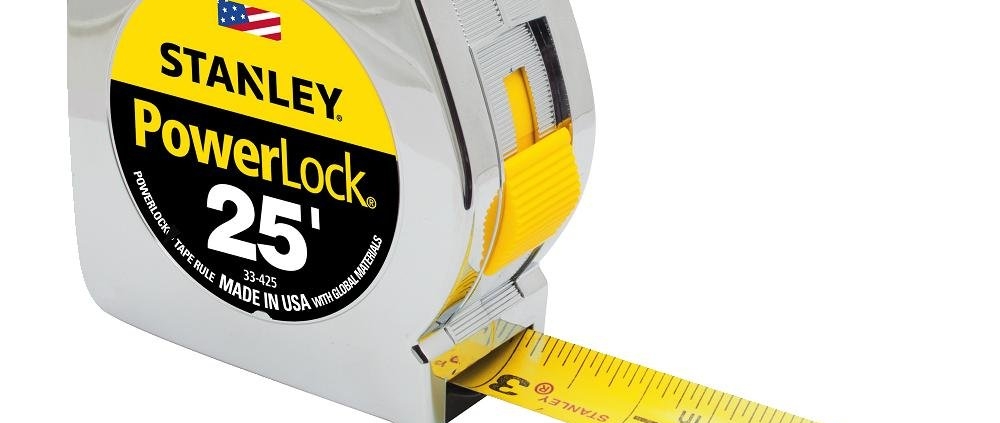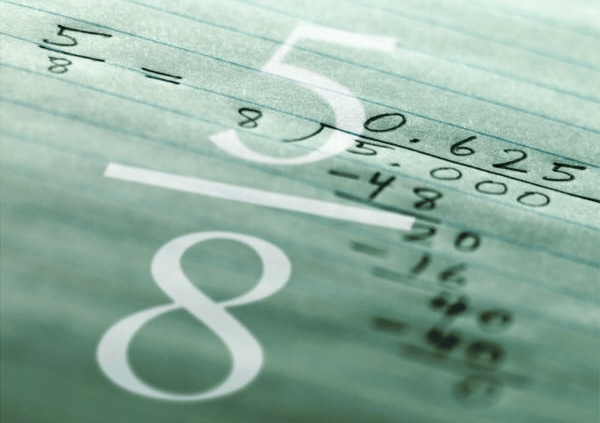Layout
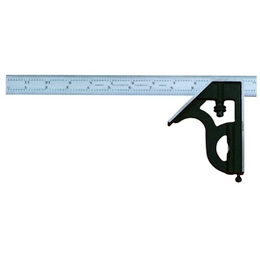 Associated Reading: Modern Cabinetmaking, pages 153-165
Associated Reading: Modern Cabinetmaking, pages 153-165
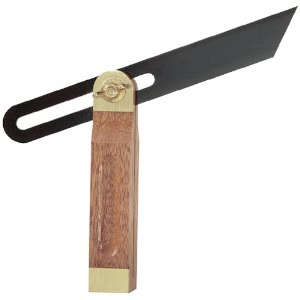 Layout is a general term for marking your work to indicate where to make a cut, or to indicate the location of joinery, holes, or any machining that needs to be done. As with everything else related to woodworking; the more precise your layout, the higher quality your final product will be. The most common layout tools you’ll use are a square; either fixed or adjustable, a bevel gauge and/or protractor, and a pencil or other marking device. A high quality adjustable square is the most versatile in that it can be used not only to check for square on a part or a machine, but it can accomplish most any layout task with ease.
Layout is a general term for marking your work to indicate where to make a cut, or to indicate the location of joinery, holes, or any machining that needs to be done. As with everything else related to woodworking; the more precise your layout, the higher quality your final product will be. The most common layout tools you’ll use are a square; either fixed or adjustable, a bevel gauge and/or protractor, and a pencil or other marking device. A high quality adjustable square is the most versatile in that it can be used not only to check for square on a part or a machine, but it can accomplish most any layout task with ease.
Watch the video below to learn how to use these tools for a variety of layout tasks, and to check for square (You must watch the video from beginning to end in order to continue with the course):
[ld_video]

